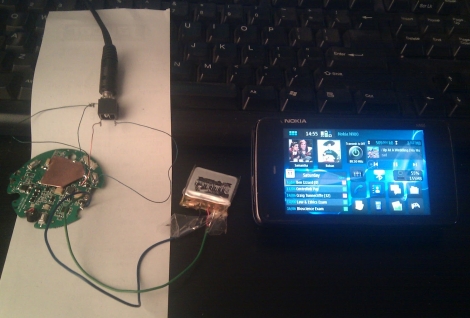
The LA Times posted a story about a company called Aerofex that built a real-life hover bike very reminiscent of the vehicles embedded in the redwoods of the forest moon of Endor.
The bike itself is a pair of ducted fans, with the pilot straddling the craft amidship. Aerofex claims the ducts on their hoverbike prevent the recirculating flow of air that causes dust or snow to completely obscure a helicopter pilot’s vision when landing.
From the Times’ article, Aerofex doesn’t have any plans to make this hoverbike commercially available and is instead meant to be a concept vehicle for future UAVs.
On the Aerofex blog, there’s a ton of videos showing off the capabilities of this bike. From what we can gather, it doesn’t seem like this hoverbike can climb higher than a few inches off the ground, so it’s of questionable utility when not flying around a dry lake bed.
Surprisingly, Aerofex says their bike doesn’t require any artificial stabilization or software; it’s controlled by the pilot leaning front to back and side to side. We’ll take that as an indication this hoverbike may be easy for someone to build in a garage, and we’ll be sure to post the first Aerofex hoverbike clone that shows up on our tip line.
You can check out a video of the hoverbike in action after the break.
Continue reading “Sadly, You Can’t Buy This Hoverbike” →
















